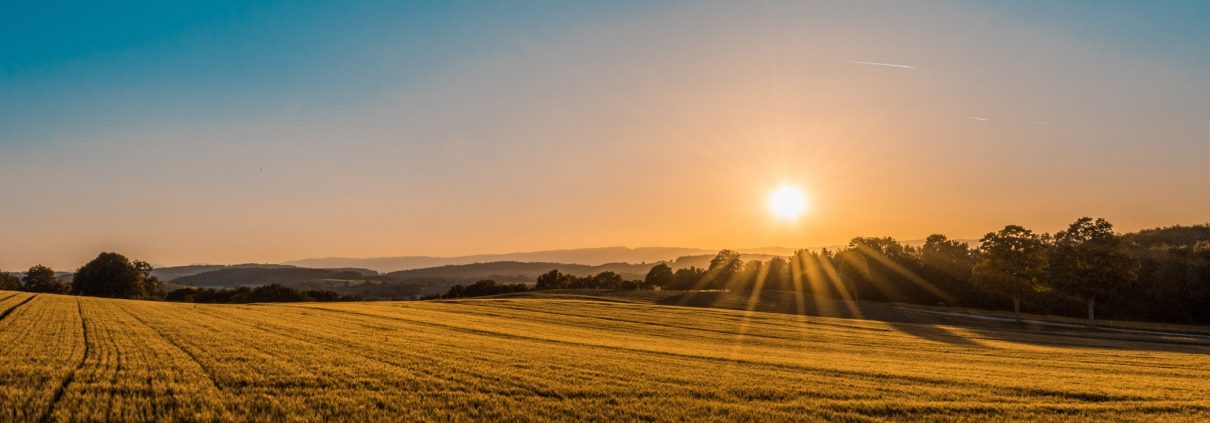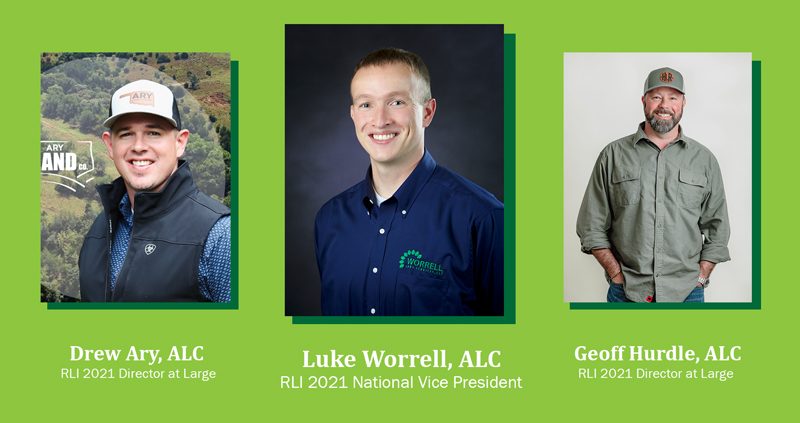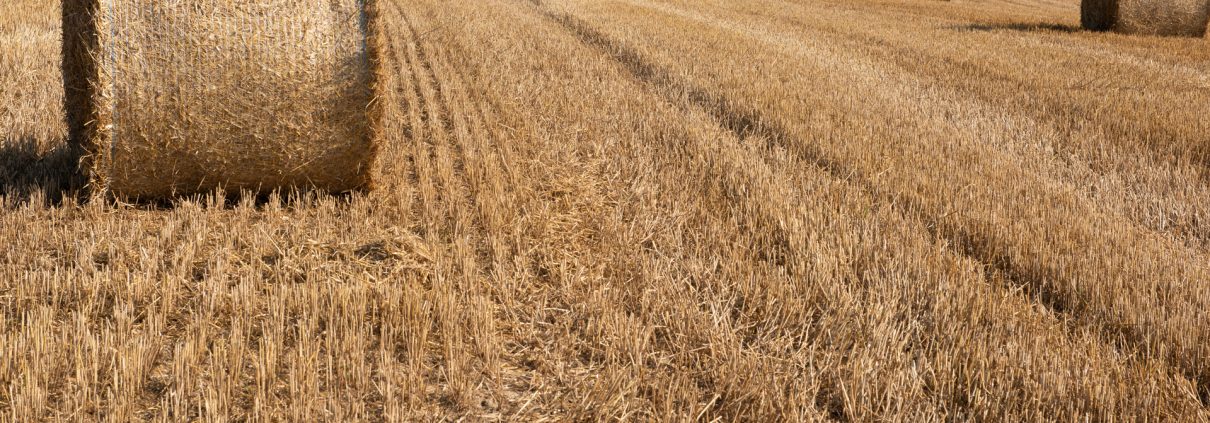The Road to Rural Internet Access
Read a vacation rental listing for a rural area and you’ll sometimes see “no internet access” promoted as a plus point. Such marketing chutzpah may work for a weekend break but for people looking for a permanent home, rural internet access in the form of fast and reliable broadband is a deal breaker. That’s even true after a year when remote working was put to the test like never before.
We’ve written before about the absence of broadband services in rural areas, including those relatively close to major cities. Fixed-line expansion is still a pipedream for rural internet access in many places but wireless services are increasingly looking like an answer. That could be tremendous news for landowners and investors.
Barriers To Rural Internet Access
Federal government programs to expand rural internet access through wired broadband are proving big on ambition and slow in reality. Earlier this year the Federal Communications Commission launched a $20.4 billion “Rural Digital Opportunity Fund” program to bring broadband to areas currently without access. However, a controversial decision means none of that money will go to areas that have already had any funding from a similar program by the Department of Agriculture or from state programs, even if that funding proves inadequate.
Throw in ongoing disputes about the accuracy of maps showing which areas have adequate broadband and it’s a recipe for confusion, particularly given the likely political changes in the FCC’s management in the coming years. Perhaps the most important conclusion is that residential development land in those areas which do get funding will become far more attractive.
Some had placed their hopes on Google’s programs combining fiber services and localized Wi-Fi. That’s proven a disappointment for rural internet access, however. Rather than reach places with little existing infrastructure, Google has concentrated on targeting more densely populated areas where the problem is a lack of competition rather than availability.

Mobile Broadband Options
Instead, it’s mobile broadband that could really make a difference outside of the cities and suburbs. 5G is the big topic of debate for rural provision, though some have questioned whether it will be a real game-changer.
The good news is that the FCC has made a couple of moves to increase the likelihood of 5G reaching underserved areas. The first is cutting the bureaucracy involved in upgrading a 4G tower to the new technology. The seconds is the removal of government fees imposed on carriers building 5G networks in major cities. In theory at least this money could instead go towards expanding service to less populated areas.
5G has some significant limitations, notably that it uses a shorter wavelength than 4G. While that’s what allows for faster data speeds, it means the range of a relay station is considerably shorter. The answer is likely to be different locations having a different trade-off between speed and range.
Given the economics of serving a less densely populated area, that could mean 5G services in rural areas are little faster than a good 4G signal today. That said, such speeds will likely be enough for many users and what really matters is getting an affordable and reliable connection in the first place.

Satellite Internet The Next Big Thing?
Satellite internet is the other big hope for rural internet access. Previously it’s been a service that sounds great in theory but hasn’t live up to the hype. Not only has it been prohibitively expensive, but upload speeds have been cripplingly slow, with lag also a major problem. That’s a measure not of how quickly data transfers, but how quickly devices can respond to a request and begin the transfer. Too much lag and increasingly popular services such as video conferencing become frustratingly ineffective.
The big tech firms are on the case, though. Google’s sister company Loon is trialing a technology that uses high-altitude balloons to build a network of relay stations in the sky accessible through existing LTE technology in smartphones and laptop dongles. After nearly a decade of development it’s now being used for real in Peru and will soon be available to consumers in Kenya. The next step will be discovering if it’s financially viable as a commercial service before rolling it out worldwide. It would also likely require Federal Aviation Authority approval if launched in the US.
Perhaps the most exciting option is Starlink, a fleet of low-altitude satellites operated by SpaceX, the same company that runs commercial flights to the International Space Station. It’s running commercial tests with customers in the US who’ve paid $499 to buy receiver equipment and a $99 monthly service fee for unlimited access. One tester in an Idaho national forest with no access to cellular service reported downloads of 120 Mbps and uploads of 12 Mbps with no significant lag.
Which of these mobile technologies proves viable in the long run remains to be seen, but it’s worth exploring current and future availability in a location when assessing land value. A rural setting with city-like communications could be the dream scenario for potential residents, making location more important than ever.





 Kevin May is the President of
Kevin May is the President of 










 Richard Thompson is Executive Vice President of Sales at
Richard Thompson is Executive Vice President of Sales at 



